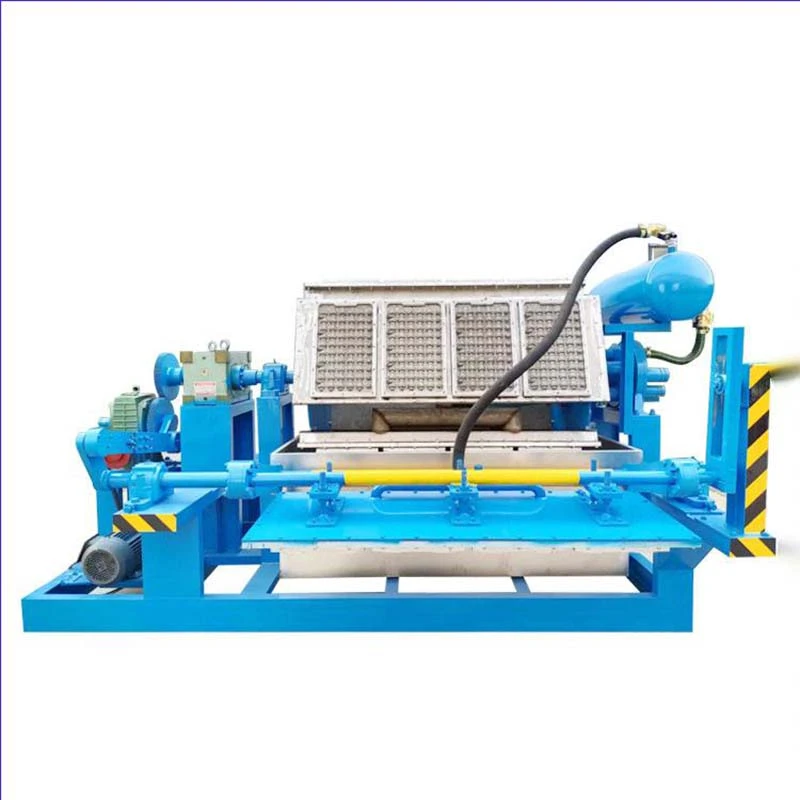Improving Efficiency with Wood Stove Exhaust Fans for Better Airflow and Heat Distribution
Dec . 26, 2024 04:45 Back to list
Improving Efficiency with Wood Stove Exhaust Fans for Better Airflow and Heat Distribution
The Importance of Wood Stove Exhaust Fans Enhancing Efficiency and Safety
Wood stoves have long been a staple of home heating, providing warmth and comfort during the colder months. However, while these stoves are efficient at generating heat, they also produce smoke and other exhaust gases that can be harmful if not properly managed. This is where wood stove exhaust fans come into play. In this article, we will explore the significance of these fans, their benefits, and how they contribute to a safer and more efficient wood-burning experience.
Understanding Wood Stove Exhaust Fans
Wood stove exhaust fans are devices designed to extract smoke, heat, and gases produced during the combustion process. By maintaining optimal airflow and ensuring a proper draft, these fans play a crucial role in the overall efficiency of the wood stove. They can be installed within the stovepipe or directly on the stove itself, and they help to draw exhaust gases away from the living area, allowing fresh air to enter and ensuring that the combustion process functions smoothly.
Enhancing Efficiency
One of the most significant benefits of using a wood stove exhaust fan is the improvement in heating efficiency. Traditional wood stoves rely on natural draft to move air and gases, which can sometimes lead to inefficiencies if the draft is weak. An exhaust fan helps to create a consistent and strong draft, ensuring that smoke and gases are effectively expelled. This not only helps in maintaining a cleaner burn but also means that more heat is directed into the living space rather than being wasted.
Additionally, a well-functioning exhaust fan can help reduce wood consumption. When the stove burns more efficiently, it produces more heat from less fuel, saving homeowners money and reducing the frequency of wood deliveries. This is especially beneficial for those who rely on wood as their primary heating source.
Health and Safety Benefits
Beyond efficiency, exhaust fans also contribute significantly to health and safety. The byproducts of wood combustion, including carbon monoxide, can be dangerous if they accumulate within a home. A wood stove exhaust fan helps mitigate these risks by ensuring that harmful gases are expelled efficiently and quickly, reducing the likelihood of indoor air pollution.
wood stove exhaust fan

Many modern exhaust fans come equipped with safety features, such as automatic shut-off mechanisms that activate if a dangerous level of carbon monoxide is detected. This added level of security is invaluable for homeowners, particularly those with children, elderly individuals, or people with respiratory issues.
Environmental Considerations
Using a wood stove exhaust fan can also have positive environmental implications. When wood burns inefficiently, it produces more smoke and particulate matter, contributing to air pollution. By improving the combustion process, these fans aid in reducing emissions, making wood burning a greener heating option. Furthermore, utilizing seasoned wood and maintaining proper ventilation can further decrease the environmental footprint of wood heating.
Installation and Maintenance
Installing a wood stove exhaust fan is typically straightforward, but it is essential to follow the manufacturer’s guidelines and local building codes. Homeowners can opt for either a manual or automatic fan, with the latter being more user-friendly as it adjusts based on temperature and airflow conditions.
Routine maintenance is critical to ensure the fan operates efficiently. This includes cleaning the fan and stovepipe, checking for obstructions, and ensuring that all connections are secure. Regular inspections can help identify potential issues before they become significant problems, ensuring both safety and efficiency.
Conclusion
Wood stove exhaust fans are an essential component of a safe, efficient wood-burning setup. They enhance the efficiency of the stove, improve indoor air quality, and help reduce the environmental impact of wood heating. For anyone relying on a wood stove for heat, investing in an exhaust fan is a wise decision that provides benefits beyond just comfort. With proper installation and maintenance, these fans can significantly contribute to a healthier, safer home while maximizing the value of one of nature’s oldest heating methods.
-
Automatic Feeding Line System-Pan Feeder Nipple Drinker|Anping County Yize Metal Products Co., Ltd.
NewsJul.29,2025
-
Hot Sale 24 & 18 Door Rabbit Cages - Premium Breeding Solutions
NewsJul.25,2025
-
Automatic Feeding Line System Pan Feeder Nipple Drinker - Anping County Yize Metal Products Co., Ltd.
NewsJul.21,2025
-
Automatic Feeding Line System Pan Feeder Nipple Drinker - Anping County Yize Metal Products Co., Ltd.
NewsJul.21,2025
-
Automatic Feeding Line System - Anping Yize | Precision & Nipple
NewsJul.21,2025
-
Automatic Feeding Line System - Anping Yize | Precision & Nipple
NewsJul.21,2025






